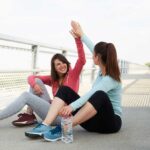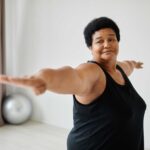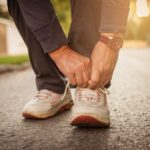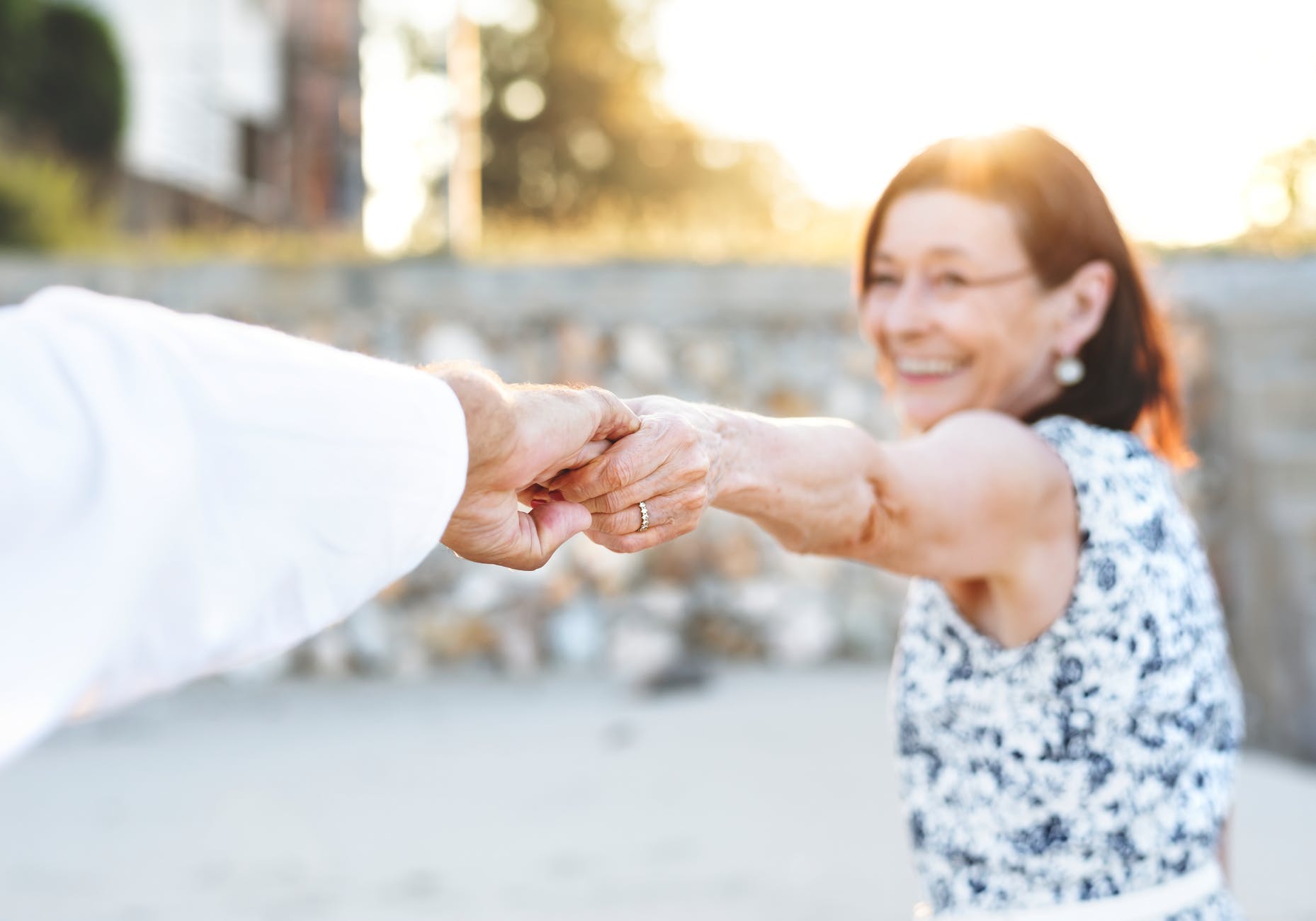
17 Dec What Makes Some People Healthier as They Age? – We Tell You What Works
Have you ever wondered what makes one older person active, mobile, and energetic, while another person of the same age is sedentary, immobile, and doesn’t do much beyond the occasional doctor’s visit or grocery trip? You may not be able to blame it all on genetics, because lifestyle, diet, and habits have a lot to say about health. We look at how getting moving and staying moving can help keep you more fit and healthy as you age.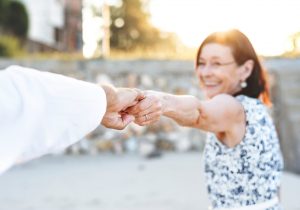
Movement Matters
We’ve written previously about how much movement matters and the cycle of fear avoidance; this can really cause a major impact for older individuals. The cycle begins when something causes pain or instability, so the person limits his/her mobility in order to prevent perceived risk of pain, falls, or injury. The problem with that is that s/he only creates more immobility and instability by not using the body’s musculoskeletal system and having the body work and become stronger. You wouldn’t expect to be able to lift a heavy weight if you never picked it up and didn’t build up strength; similarly, if you don’t give your body challenges, it won’t increase in ability and strength – even if it’s basic daily tasks. In other words, staying immobile won’t make you mobile.
Other health factors like carrying extra body weight can cause health and mobility challenges, such as joint issues, which also lead to immobility. Often, it becomes a scenario of “how did I get here, what do I do now, and how can I possibly fix it.” You’ll find that overweight individuals have higher risk factors for arthritis and joint pain, which can also cause fear-avoidance reactions to mobility and exercise. Unfortunately, mobility and exercise is what is needed to help right the ship!
For the older individuals who are active, mobile, and energetic, chances are that they’ve stayed active and even when dealing with physical set-backs have maintained a routine of recovery and activity. You can find inspiring stories of people running their first marathon in their 80s, proving that limitations are often only self-imposed.
How to Get Moving & Stay Moving
The first step is to address any current or chronic pain, movement, or mobility issues of the musculoskeletal system. A trained physical therapist is your ace in the hole; s/he will assess your condition and work with you to develop a custom-tailored treatment plan with your goals, physiology, and lifestyle in mind. Worried about getting in to see your regular doctor first? You can make an appointment with a physical therapist the same as you’d schedule with your doctor. The physical therapist will then work with your insurance and doctor’s office if a referral and/or more appointments are needed.
Once you’ve addressed any issues slowing you down, the next step is to stay active. Be sure that you find daily activities to get you up and moving: walk your dog, take a short walk with a spouse, sign up for a class with a friend, and don’t get sucked into the cycle of sitting and staring at electronics for hours. If you have to work on a computer, take regular breaks to stretch your legs, or even try some short desk-exercise routines. Your life doesn’t have to include a future using a walker or other mobility aide; be sure that you’re working daily to regain and retain your mobility and keep moving. Work with the pros to keep yourself on track, and you’ll end up the active, older individual who impresses people.
If you need help getting your mobility back or breaking the fear-avoidance cycle, Body One Physical Therapy is here to help. Our team of caring, highly-trained physical therapists is ready to help get you moving in the right direction. We’re locally owned and operated, with four locations serving Central Indiana: North Indianapolis, South Indianapolis, Fishers, and Zionsville. Don’t settle for being stuck on the couch, call Body One today!

